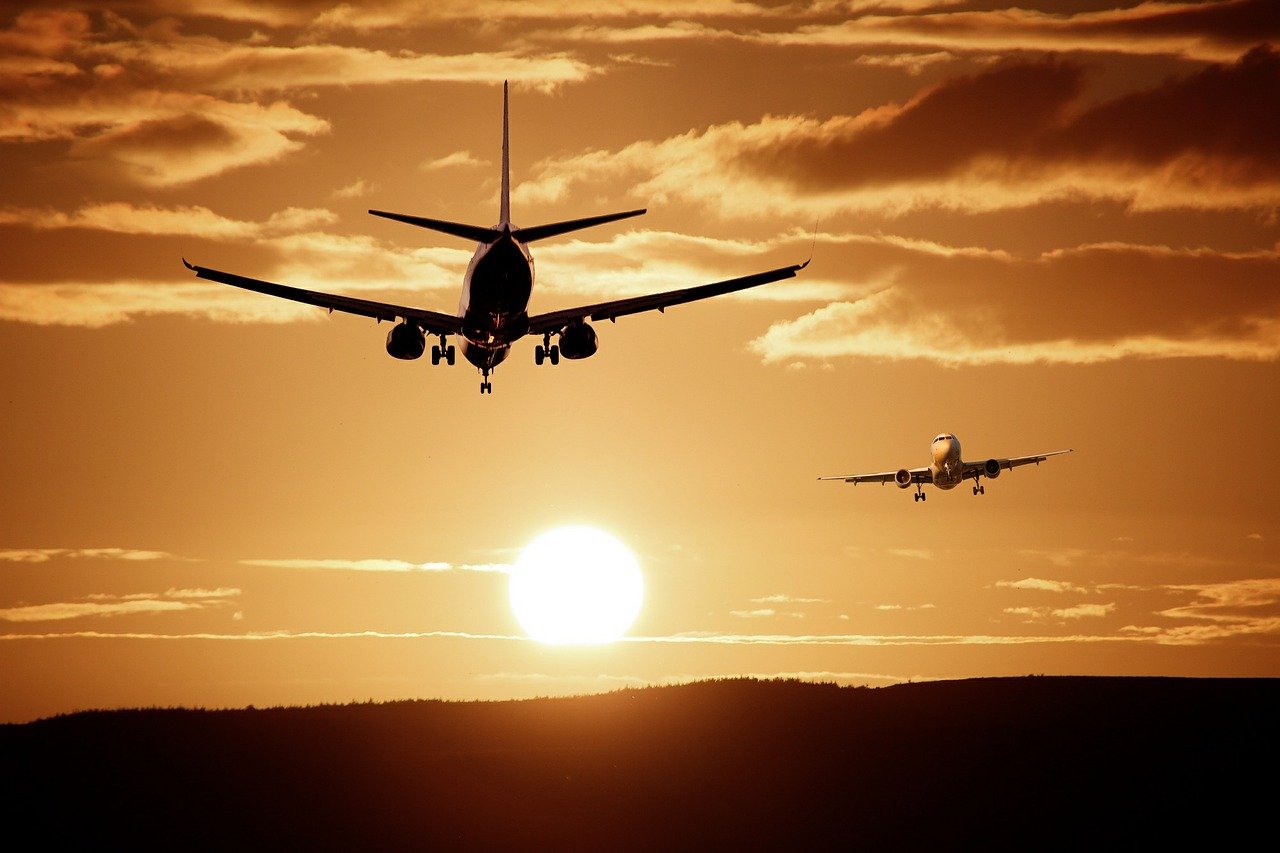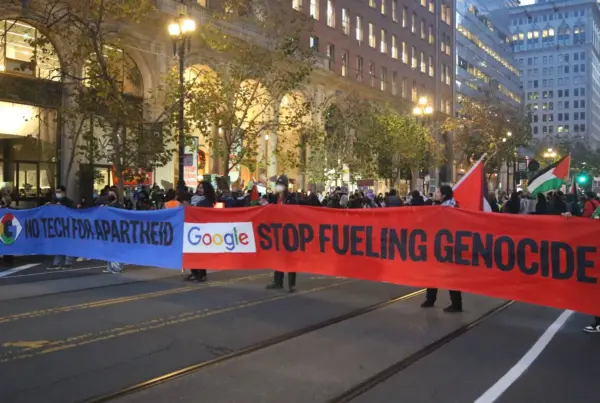The Boeing Airbus WTO dispute is undoubtedly the longest lasting and most expensive trade dispute. Both the United Stated and the EU have provided illegal subsidies to their LCA industry. The Trump administration escalated the dispute. It is now up to the Biden administration to end this dispute, which is hurting US/EU industries and transatlantic trade.
By Diana Mautner Markhof 29.01.2021
As the world continues its battle against COVID-19 and the US faces unprecedented internal divisions and threats, there will likely be no quick end to the trans-Atlantic trade war between the EU and the US. The WTO dispute over illegal subsidies given to Boeing and Airbus started in the early 1990s, which were driven by protectionist policies and domestic politics.
The large civil aircraft (LCA) industry is an extremely important economic factor for the United States and the European Union. As a stand-alone industry, it employs hundreds of thousands, has huge spill-over effects in many other industries and is essential for national security. Competition in the LCA industry has been low owing to high entry barriers to the market. Before Airbus entered the market, Boeing was the undisputed world monopolist.
After years of tariffs and countermeasures, the EU had hoped to achieve an end to the never-ending legal battle in the WTO before President Trump left office on January 20. The European Commission’s latest attempt to reach a deal with the Trump administration in December 2020 did not achieve anything. The EU had offered to remove USD 4 billion retaliatory tariffs on US goods if the US agreed to the removal of USD 7.5 billion on European products. Whisky, olive oil, cheese, sweet biscuits, wines, tractors, video games, ketchup and citrus fruits are but a few of the products on which tariffs have been placed.
It is hard to predict how long this dispute will continue. Throughout the WTO legal battle, neither the US nor the EU has backed down; both sides claim full compliance with the respective Appellate Body (AB) Reports of the WTO, while the legal costs to each side are the highest ever for a WTO legal dispute. The WTO dispute settlement mechanism has come to be judged by how it has coped with this dispute, which, taken as a whole, is the longest legal dispute in the history of the WTO.
The LCA industry includes the production of large-, medium- and small-sized civil aircraft, helicopters and aircraft engines, as well as related parts and components. It does not include military aircraft, although, undoubtedly, R&D for military and defense contracts has had positive spillover effects on the commercial airline industry, thus ultimately benefiting both the industry and its consumers.
The LCA industry is characterized by extremely high barriers to entry and large economies of scale. Any nation or group of nations seeking to join the club must subsidize their infant industries. Paradoxically, both Boeing and Airbus use the same suppliers to a great extent. These suppliers are located on both sides of the Atlantic. This spreading of risk has been labeled by the industry as the “system integration mode of production.” The initial investments in R&D, infrastructure and manpower are exorbitant, as are the huge capital requirements. This explains the coordinated European support for Airbus, which led to its success. Undoubtedly, Airbus would not have been able to compete in the LCA market without the grants and cheap financing provided by many major EU member states and the European Investment Bank.
The countries involved in this market are the EU, US, Canada, Russia, Japan, Brazil, Australia, South Korea and China as the newest entry. The LCA industry’s long investment cycles and the need to sell large numbers of aircraft to recover initial R&D costs have barred other competitors from entering the market. Without governmental support, no entry into this market is feasible. The argument of infant industry protection is employed by all entrants into this industry. China, as the newest entrant, has also proceeded to protect its infant LCA industry.
A successful commercial airline industry has positive synergies with the defense industry and vice versa. Neither the US nor the EU is willing to give this up. Together, military and commercial aircraft production have developed hand-in-hand, leading to aircraft technological developments and innovation. Needless to say, the military-industrial complex benefits from synergies with a strong LCA industry, as all commercial aircraft producers also play significant roles as military contractors. This overlap increases the economies of scale and provides important benefits for their R&D and production capacities. This overlap also hides government subsidies.
What the Boeing-Airbus disputes have also shown are the weaknesses of the WTO dispute resolution mechanism regarding disputes of such magnitude and complexity. In addition, COVID-19 has created an unprecedented crisis for the airline industry at large. Resolving this dispute, which has escalated into a trade war between the US and Europe, would be a win-win solution for both sides and strengthen their competitive positions vis-à-vis other global actors. The Biden administration and the EU will need a new approach if this dispute is to be resolved.
Picture © pixabay.com





